Home>Storage & Organization>Kitchen Organizing Tools>Why Do Cats Drag Things Into The Litter Box
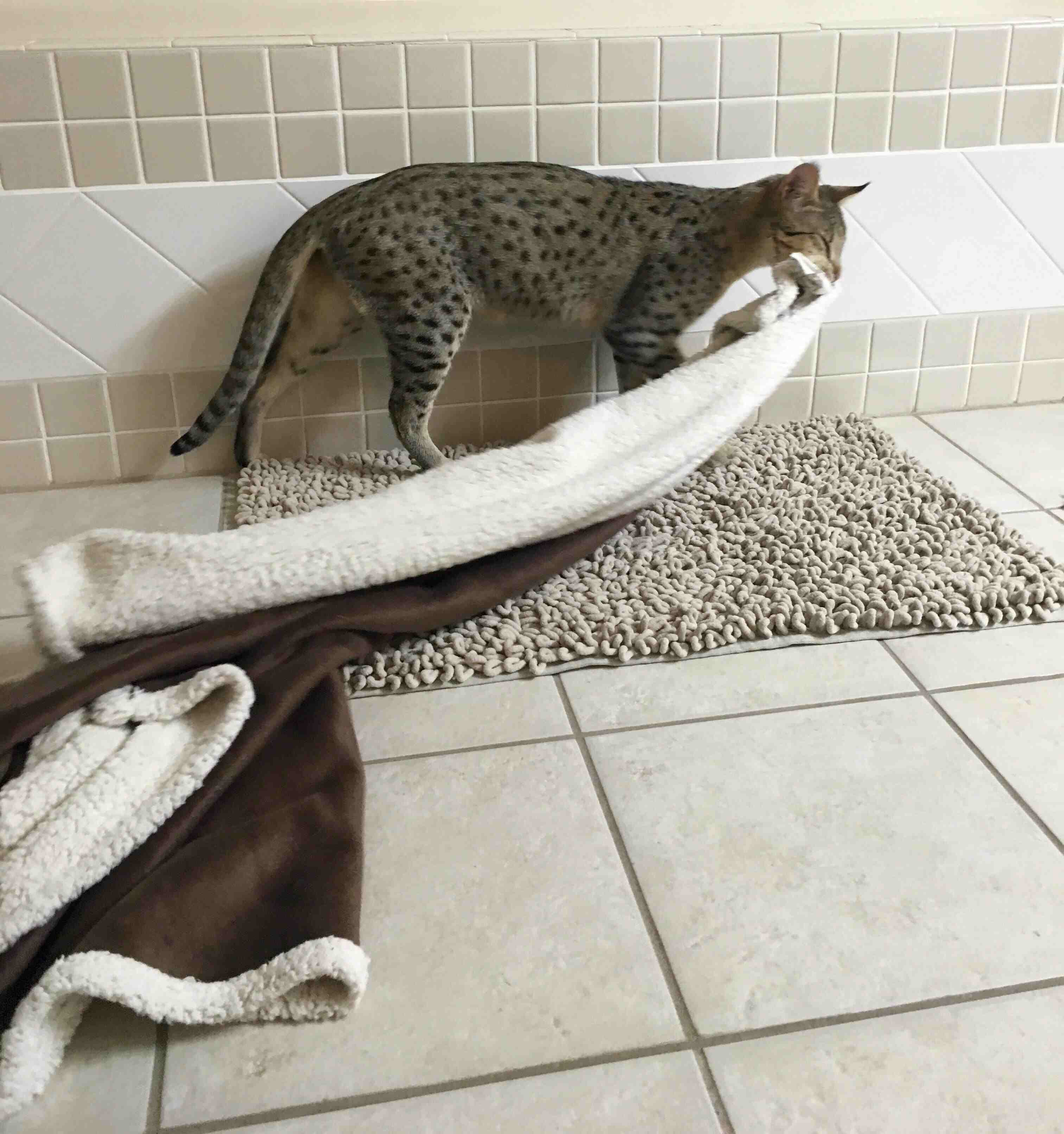

Kitchen Organizing Tools
Why Do Cats Drag Things Into The Litter Box
Modified: March 2, 2024
Discover the reasons why cats drag items into the litter box. Find out how to prevent this behavior with the best kitchen organizing tools. Keep your cat's litter area clean and tidy.
(Many of the links in this article redirect to a specific reviewed product. Your purchase of these products through affiliate links helps to generate commission for Storables.com, at no extra cost. Learn more)
Introduction
Cats are fascinating creatures, known for their mysterious and often perplexing behaviors. One such behavior that has left many cat owners scratching their heads is the tendency of some felines to drag items into their litter boxes. This peculiar habit has sparked curiosity and concern among pet parents, prompting a closer look into the reasons behind this seemingly inexplicable conduct.
Understanding the motivations driving this behavior is crucial for cat owners seeking to provide the best care for their beloved pets. By delving into the potential explanations for this behavior, we can gain valuable insights into the complex world of feline instincts, emotions, and health. Let's embark on a journey to unravel the mystery of why cats engage in the curious act of dragging items into their litter boxes.
Key Takeaways:
- Cats drag items into their litter boxes due to their natural instincts to mark territory, create a secure environment, and fulfill their hunting instincts. Understanding and respecting these behaviors is crucial for cat owners.
- Cats may drag items into their litter boxes as a way to cope with stress or anxiety, seeking comfort and security in their familiar environment. Creating a calm and nurturing space can help alleviate their distress and promote well-being.
Instinctual Behavior
Cats are natural hunters, and their instinctual behaviors often manifest in various ways, including the act of dragging items into their litter boxes. This behavior can be traced back to their wild ancestors, who exhibited similar actions in their natural habitats.
In the wild, cats are meticulous about their waste disposal to avoid leaving behind any scent that could attract predators or alert potential prey to their presence. By dragging items into their litter boxes, domestic cats may be instinctively attempting to create a more secluded and secure environment for eliminating waste.
Furthermore, the act of dragging items into the litter box can be linked to a cat's innate desire to create a comfortable and familiar space for themselves. In the wild, cats often use materials such as leaves, twigs, or grass to create a cozy resting spot. This behavior may carry over into the domestic setting, where cats seek to customize their litter box environment to better suit their preferences.
Additionally, the act of dragging items into the litter box can be a manifestation of a cat's territorial instincts. By incorporating foreign objects into their designated elimination area, cats may be marking their territory and asserting their presence within the household. This behavior is a way for cats to communicate their ownership of the space and establish a sense of security and control.
Understanding the instinctual motivations behind this behavior can provide valuable insights into the inner workings of a cat's mind. By recognizing and respecting these natural instincts, cat owners can better cater to their pets' needs and create a harmonious living environment for their feline companions.
Marking Territory
Cats are territorial creatures by nature, and their instinct to mark their territory is deeply ingrained in their behavior. The act of dragging items into the litter box can be closely linked to this primal urge to establish and assert ownership within their living space.
In the wild, cats use scent marking as a means of communication with other felines. By depositing their scent on various objects and surfaces, they create a boundary that signals their presence and dominance in a particular area. This behavior serves as a form of non-verbal communication, allowing cats to convey vital information about their identity, status, and territorial boundaries to other animals in their vicinity.
When a domestic cat drags items into its litter box, it may be engaging in a similar form of territorial marking. By incorporating foreign objects into their elimination area, cats are essentially imbuing the space with their scent, effectively staking a claim to that specific location. This behavior serves as a declaration of ownership, allowing the cat to establish a sense of security and familiarity within its designated territory.
Furthermore, the act of marking territory through the placement of items in the litter box can also be attributed to a cat's need for environmental enrichment. By customizing their elimination area with objects that carry their scent, cats create a personalized and comforting space that aligns with their instinctual drive for security and control.
Understanding the significance of marking territory through the act of dragging items into the litter box provides valuable insights into a cat's need for a secure and familiar environment. By recognizing and respecting this instinctual behavior, cat owners can take proactive steps to create a conducive living space that accommodates their pets' natural inclinations.
By acknowledging the role of territorial marking in a cat's behavior, pet parents can foster a supportive and enriching environment that promotes their feline companions' well-being and contentment. This insight into the instinctual motivations behind the act of dragging items into the litter box underscores the importance of catering to a cat's innate needs and behaviors, ultimately strengthening the bond between humans and their beloved feline friends.
Hiding or Burying Prey
Cats are natural hunters, and their predatory instincts play a significant role in shaping their behaviors, even in a domestic setting. The act of dragging items into the litter box can be attributed to a cat's innate drive to hide or bury prey, a behavior deeply rooted in their evolutionary history.
In the wild, cats exhibit a strong instinct to conceal their prey after a successful hunt. This behavior serves multiple purposes, including protecting the captured prey from potential scavengers and preserving it for future consumption. By dragging items into their litter boxes, domestic cats may be instinctively replicating this behavior, albeit in a modified form.
The act of hiding or burying prey is closely linked to a cat's need for security and sustenance. In the wild, concealing prey helps cats avoid drawing attention to their food source, reducing the risk of theft by other animals. This behavior also aligns with their instinct to ensure a future food supply, as burying prey can serve as a means of preservation, allowing cats to return to their hidden food source when hunger strikes.
In a domestic environment, the act of dragging items into the litter box can be seen as a manifestation of this instinctual behavior. Cats may perceive their litter box as a secure and private location, making it an ideal spot to "hide" or "bury" items that they consider valuable or significant. This behavior is a testament to the enduring influence of a cat's hunting instincts, as they adapt their natural behaviors to fit within the confines of their human-centric surroundings.
Furthermore, the act of hiding or burying items in the litter box can also be linked to a cat's need for environmental enrichment. By incorporating objects into their elimination area, cats create a personalized and comforting space that aligns with their instinctual drive for security and control. This behavior reflects their desire to customize their surroundings to better suit their preferences, a trait deeply rooted in their evolutionary heritage.
Understanding the role of hiding or burying prey in a cat's behavior provides valuable insights into their instinctual drive for security, sustenance, and environmental enrichment. By recognizing and respecting these natural inclinations, cat owners can create a supportive and enriching environment that caters to their pets' innate needs and behaviors.
By acknowledging the influence of hunting instincts on a cat's behavior, pet parents can foster a living space that promotes their feline companions' well-being and contentment. This insight underscores the importance of accommodating a cat's natural inclinations, ultimately strengthening the bond between humans and their beloved feline friends.
If your cat is dragging things into the litter box, it could be a sign of marking territory or trying to cover up their waste. Provide a clean and spacious litter box to prevent this behavior.
Stress or Anxiety
Stress and anxiety can profoundly impact a cat's behavior, often leading to a range of peculiar actions that may seem perplexing to pet owners. The act of dragging items into the litter box can be a manifestation of a cat's attempt to cope with feelings of stress or anxiety, signaling a need for comfort and security in their environment.
Cats are sensitive creatures, and they can be deeply affected by changes in their surroundings or disruptions to their routines. Events such as moving to a new home, the introduction of a new pet, loud noises, or alterations in the household dynamics can trigger stress and anxiety in felines. In response to these emotional upheavals, cats may exhibit unusual behaviors as a coping mechanism, including the act of dragging items into their litter boxes.
For cats experiencing stress or anxiety, the litter box can serve as a sanctuary—a familiar and enclosed space where they seek solace and security. By incorporating items into their elimination area, cats may be attempting to create a sense of comfort and reassurance, effectively transforming their litter box into a refuge from the sources of stress in their environment.
Furthermore, the act of dragging items into the litter box can be a form of displacement behavior—a way for cats to redirect their anxious energy into a repetitive and soothing action. This behavior allows cats to regain a sense of control and stability in the face of emotional turmoil, providing them with a means of self-soothing during times of distress.
Understanding the potential link between stress or anxiety and the act of dragging items into the litter box is crucial for cat owners. It underscores the importance of creating a calm and nurturing environment for feline companions, one that minimizes sources of stress and provides ample opportunities for comfort and security.
By recognizing the impact of stress and anxiety on a cat's behavior, pet parents can take proactive steps to alleviate their pets' emotional distress and promote a sense of well-being. This may involve creating designated safe spaces within the home, providing enriching activities, and offering reassurance and comfort to help cats navigate through periods of heightened anxiety.
Ultimately, by addressing the underlying sources of stress and anxiety, cat owners can foster a supportive and harmonious living environment that prioritizes their pets' emotional well-being. This understanding of the profound influence of stress and anxiety on a cat's behavior underscores the significance of empathetic and attentive care, strengthening the bond between humans and their beloved feline friends.
Read more: Why Do Cats Use A Litter Box
Medical Issues
Medical issues can also play a significant role in influencing a cat's behavior, including the peculiar act of dragging items into the litter box. When a cat exhibits unusual behaviors such as this, it's essential for pet owners to consider the potential underlying medical factors that could be contributing to this conduct.
One possible medical explanation for this behavior is feline lower urinary tract disease (FLUTD), a common and often painful condition that affects the urinary system of cats. Cats suffering from FLUTD may experience discomfort or pain during urination, leading them to associate the litter box with their distressing symptoms. As a result, they may attempt to modify their elimination area by dragging in items as a way to alleviate their discomfort or create a more comfortable environment for urination.
Additionally, urinary tract infections (UTIs) can also prompt cats to engage in unusual behaviors related to their litter box. Cats with UTIs may experience increased urgency or frequency of urination, leading them to seek alternative ways to manage their discomfort. This can manifest in behaviors such as dragging items into the litter box, as the cat attempts to modify their environment to better accommodate their altered urinary patterns.
Furthermore, kidney disease or other urinary issues can contribute to changes in a cat's litter box behavior. Cats with kidney disease may experience increased thirst and urination, leading to a heightened awareness of their elimination area. In an attempt to cope with their altered urinary habits, cats may engage in behaviors such as dragging items into the litter box as a means of adapting to their changing needs.
It's important for cat owners to be vigilant and observant of any alterations in their pet's litter box behavior, as these changes can serve as valuable indicators of underlying medical concerns. If a cat displays persistent or concerning behaviors related to their litter box, such as dragging items into it, seeking prompt veterinary attention is crucial to rule out any potential medical issues and ensure the cat's well-being.
By recognizing the potential impact of medical issues on a cat's behavior, pet owners can take proactive steps to address their pet's health needs and provide the necessary support and care. This understanding underscores the significance of attentive and responsive pet care, ultimately strengthening the bond between humans and their beloved feline companions.
Conclusion
In conclusion, the act of dragging items into the litter box by cats encompasses a complex interplay of instinctual behaviors, emotional responses, and potential medical considerations. Understanding the multifaceted nature of this behavior provides valuable insights into the intricate world of feline psychology and well-being.
Cats' instinctual behaviors, rooted in their evolutionary history as hunters and territorial creatures, significantly influence their actions within a domestic setting. The act of dragging items into the litter box can be attributed to their primal drive to mark territory, create a secure environment, and fulfill their natural hunting instincts. Recognizing and respecting these innate inclinations is crucial for cat owners seeking to provide a supportive and enriching environment for their pets.
Moreover, the potential link between stress or anxiety and the act of dragging items into the litter box underscores the importance of creating a calm and nurturing environment for feline companions. By acknowledging the impact of emotional well-being on a cat's behavior, pet parents can take proactive steps to alleviate their pets' distress and promote a sense of security and comfort.
Additionally, the consideration of potential medical issues, such as FLUTD, UTIs, or kidney disease, highlights the significance of vigilant pet care and prompt veterinary attention. Being attuned to changes in a cat's litter box behavior can serve as a crucial indicator of underlying health concerns, emphasizing the need for proactive medical intervention to ensure the cat's well-being.
By embracing a holistic understanding of the motivations behind the act of dragging items into the litter box, cat owners can foster a harmonious and supportive living environment that caters to their pets' innate needs and behaviors. This insight underscores the importance of empathetic and attentive care, ultimately strengthening the bond between humans and their beloved feline friends.
In essence, the enigmatic behavior of dragging items into the litter box by cats serves as a poignant reminder of the intricate and nuanced nature of feline behavior. By delving into the underlying motivations and influences shaping this conduct, cat owners can gain a deeper appreciation for the rich tapestry of instincts, emotions, and health considerations that define the feline experience.
Frequently Asked Questions about Why Do Cats Drag Things Into The Litter Box
Was this page helpful?
At Storables.com, we guarantee accurate and reliable information. Our content, validated by Expert Board Contributors, is crafted following stringent Editorial Policies. We're committed to providing you with well-researched, expert-backed insights for all your informational needs.
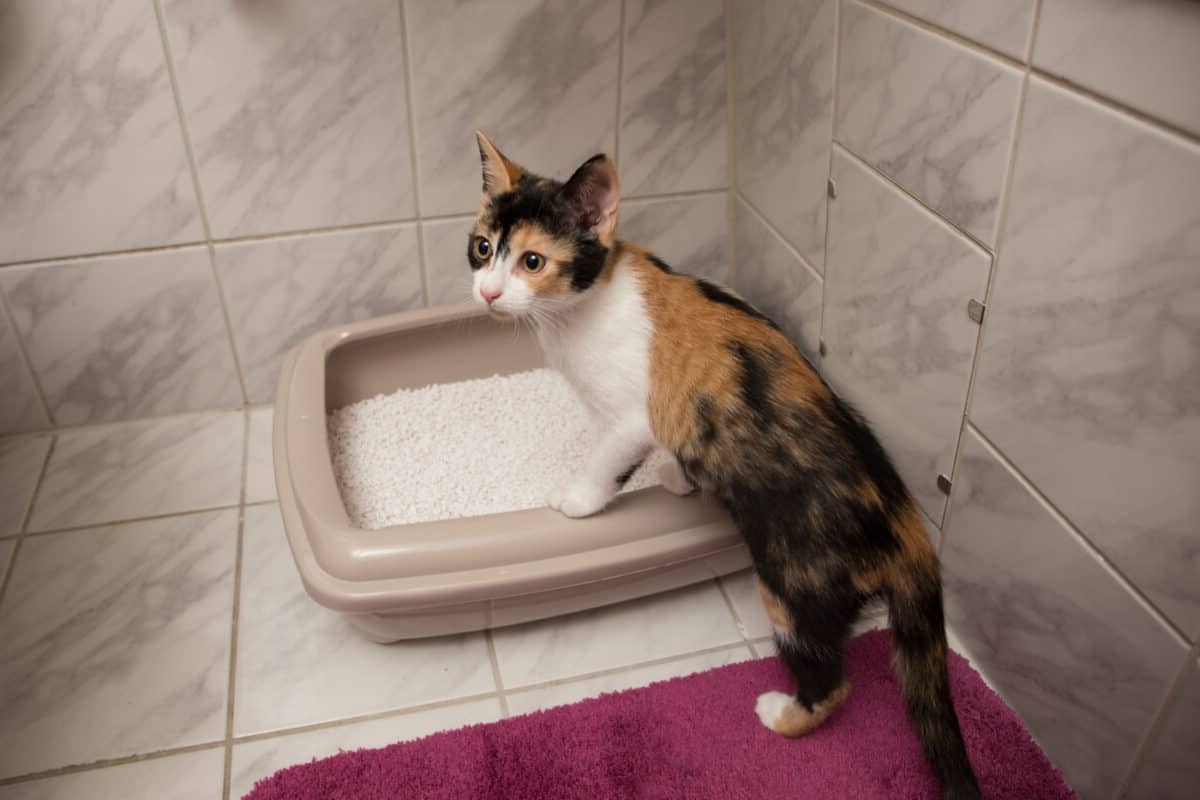
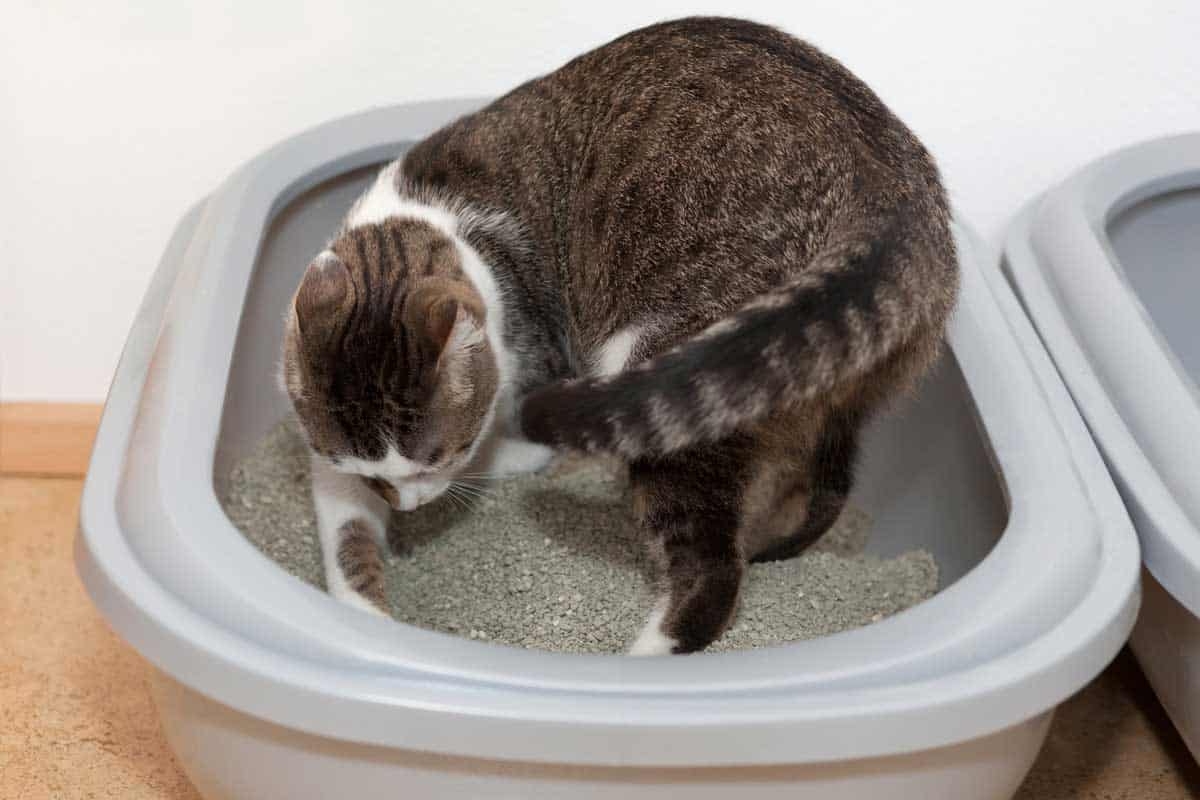
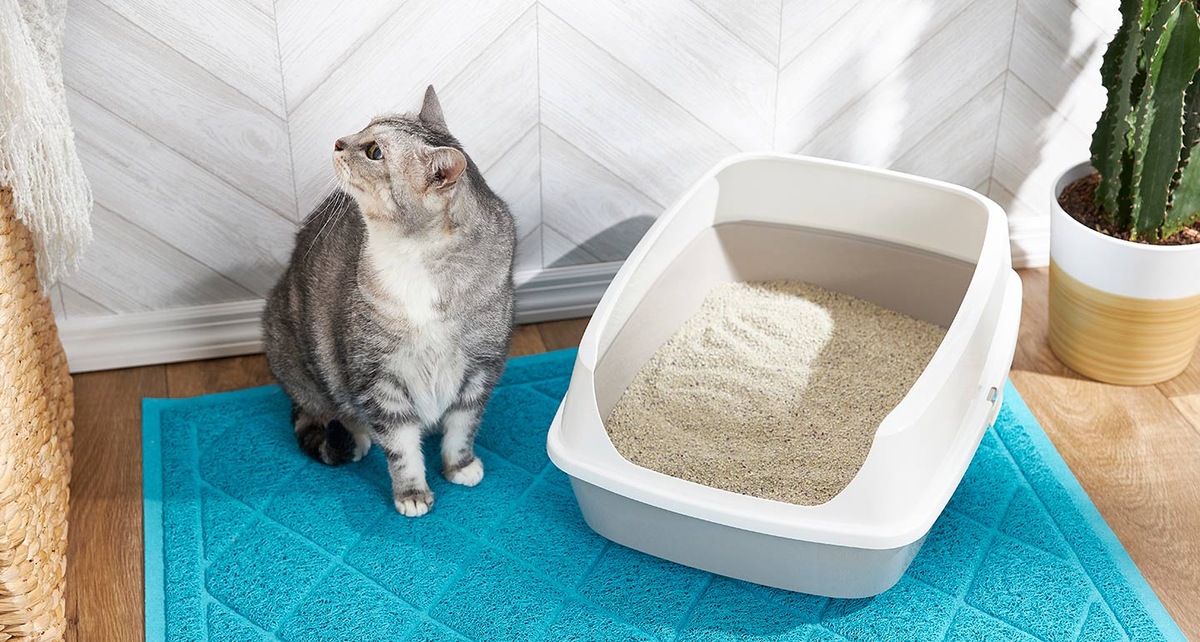
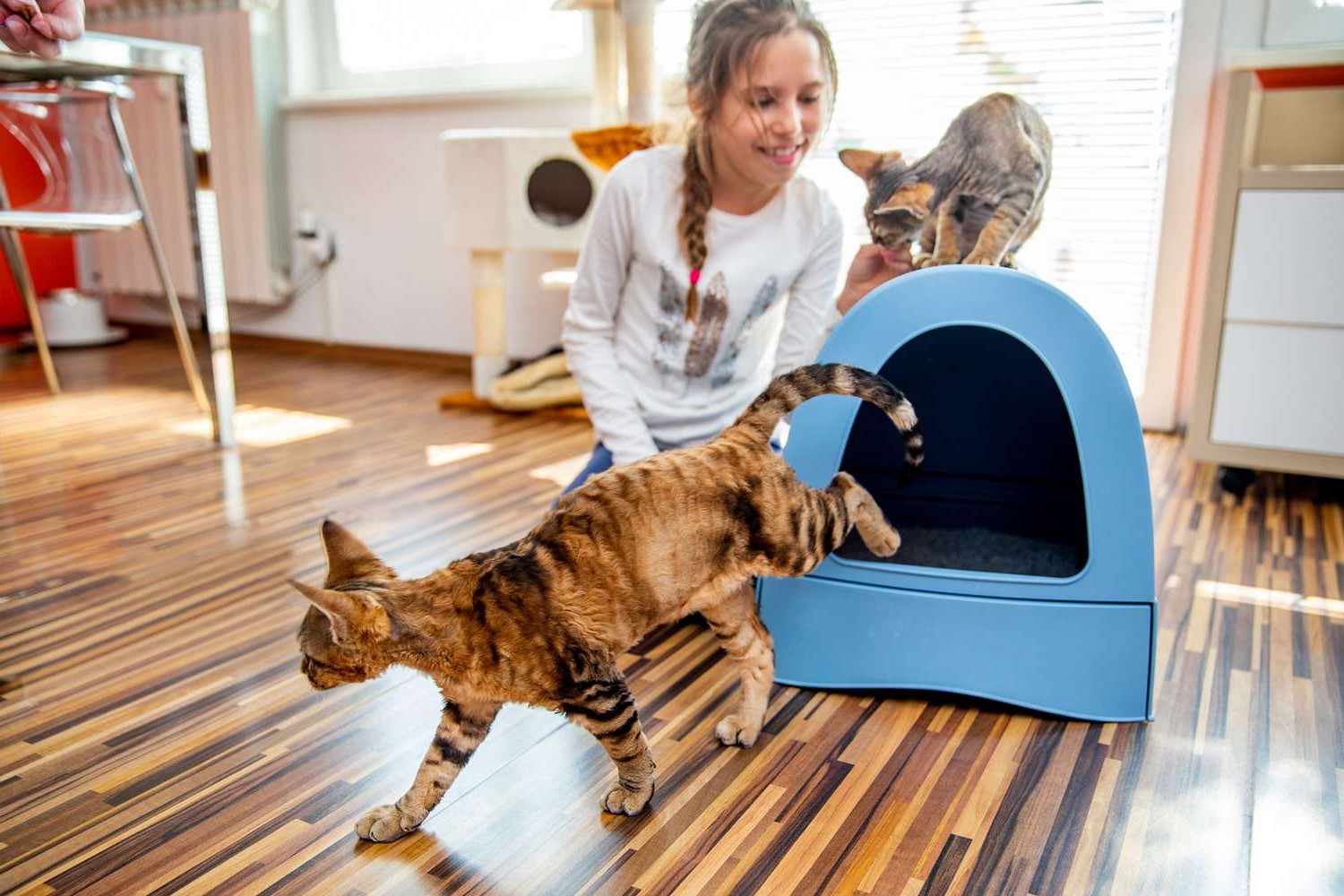
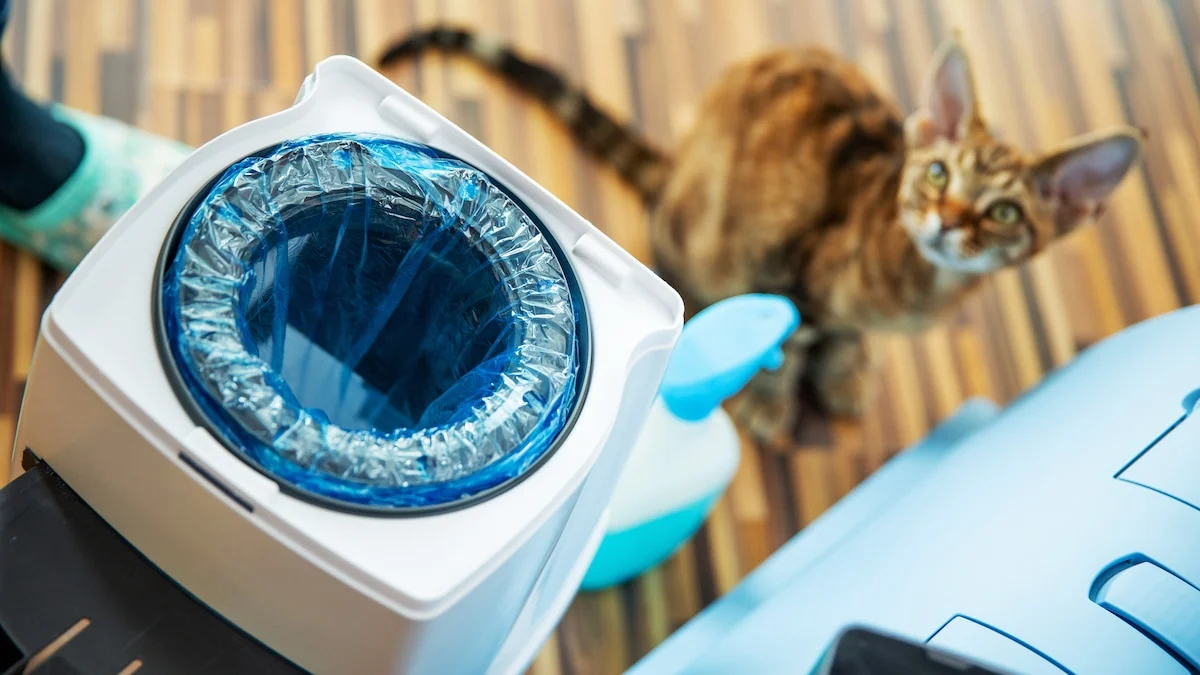
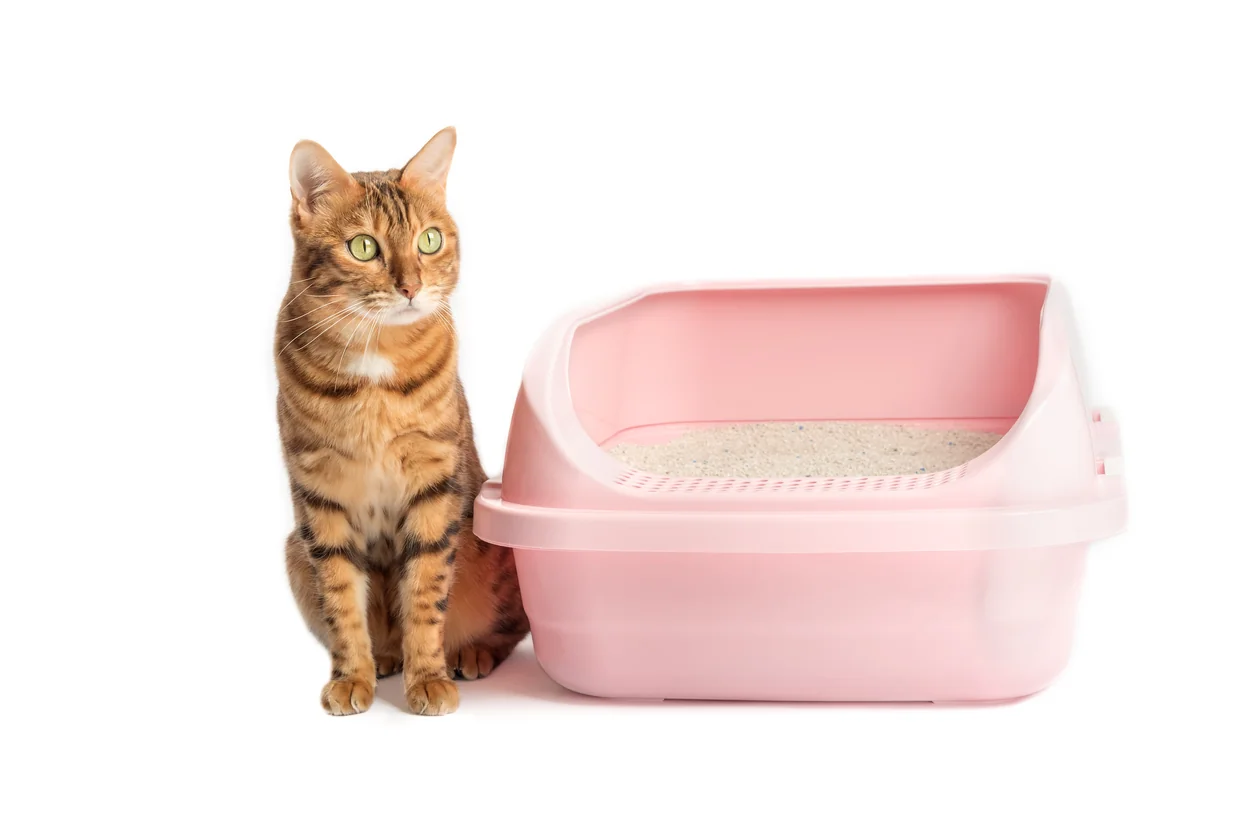
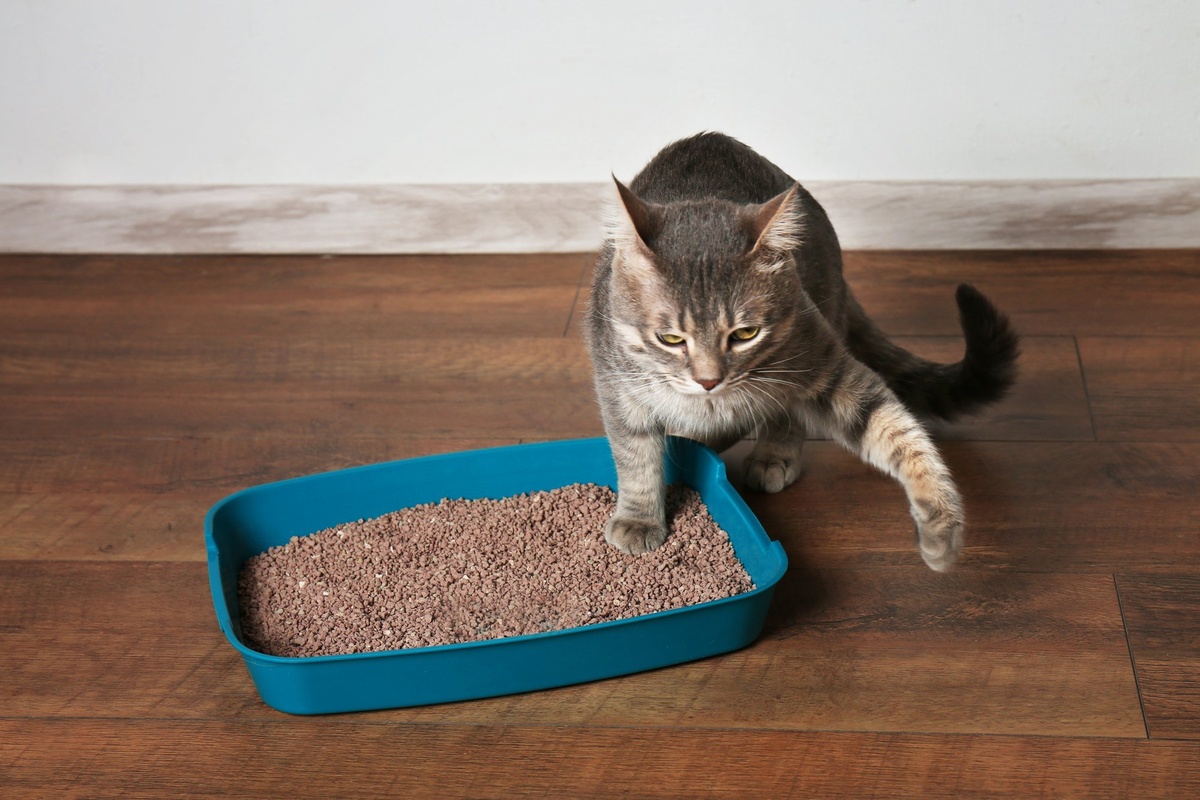
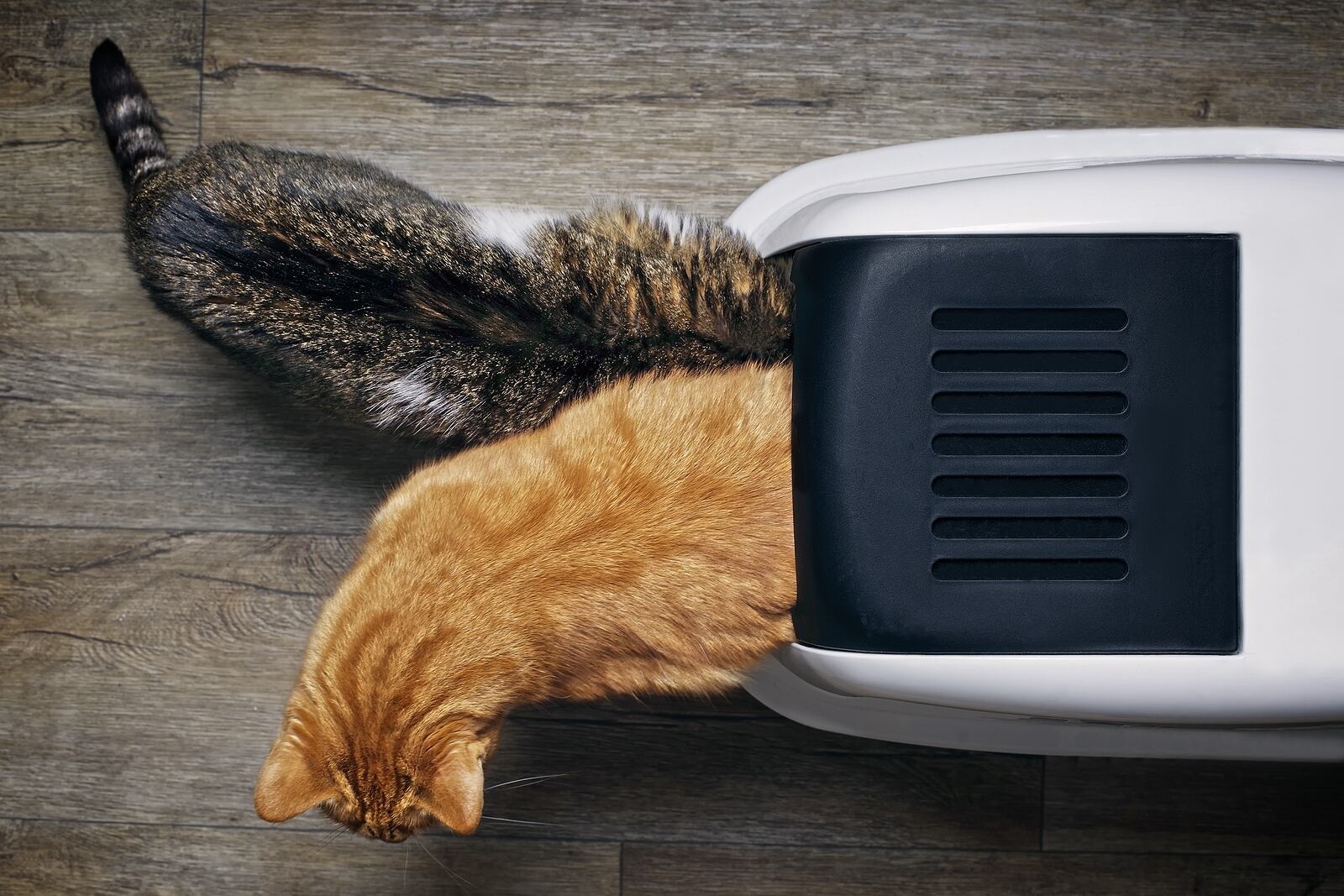
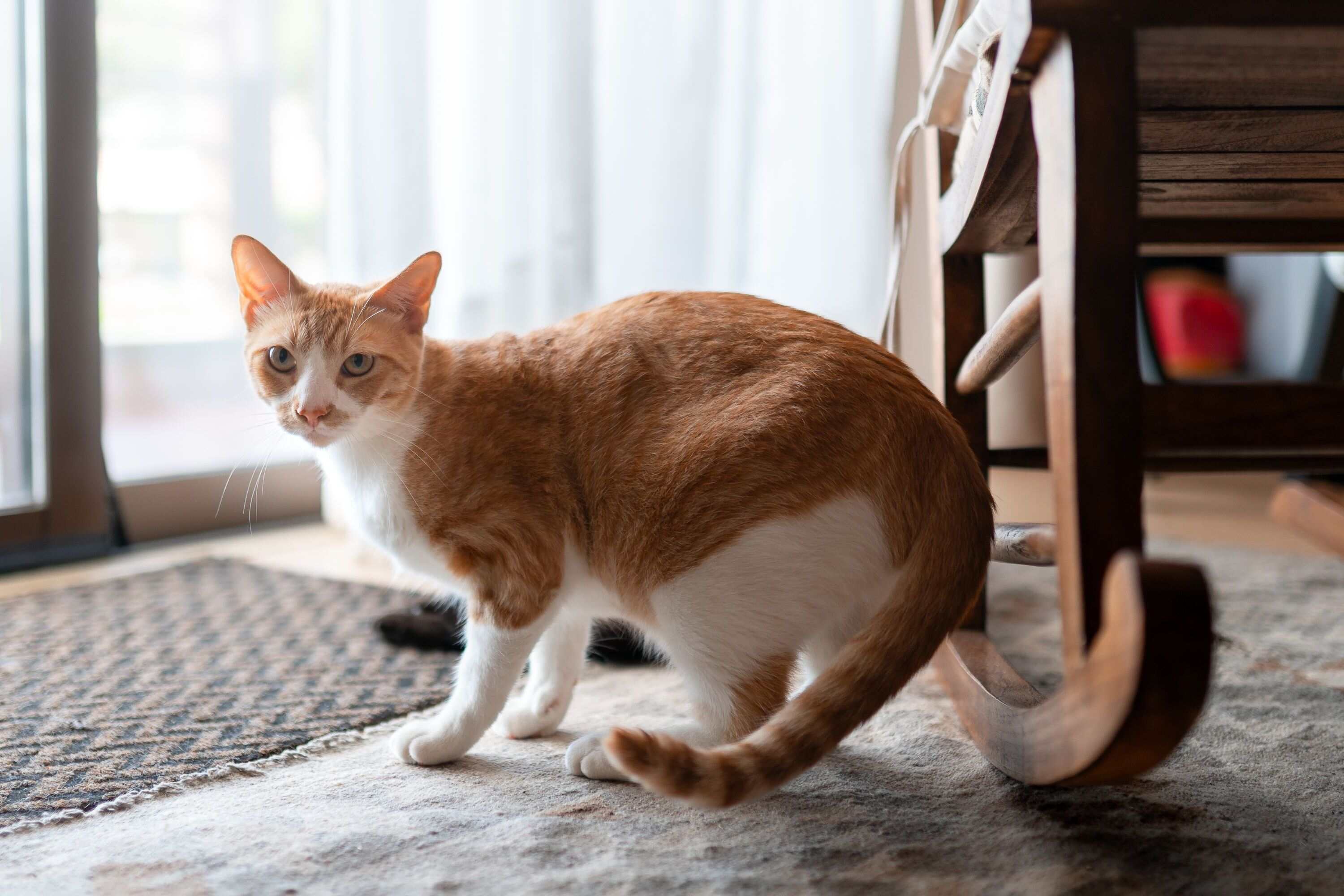
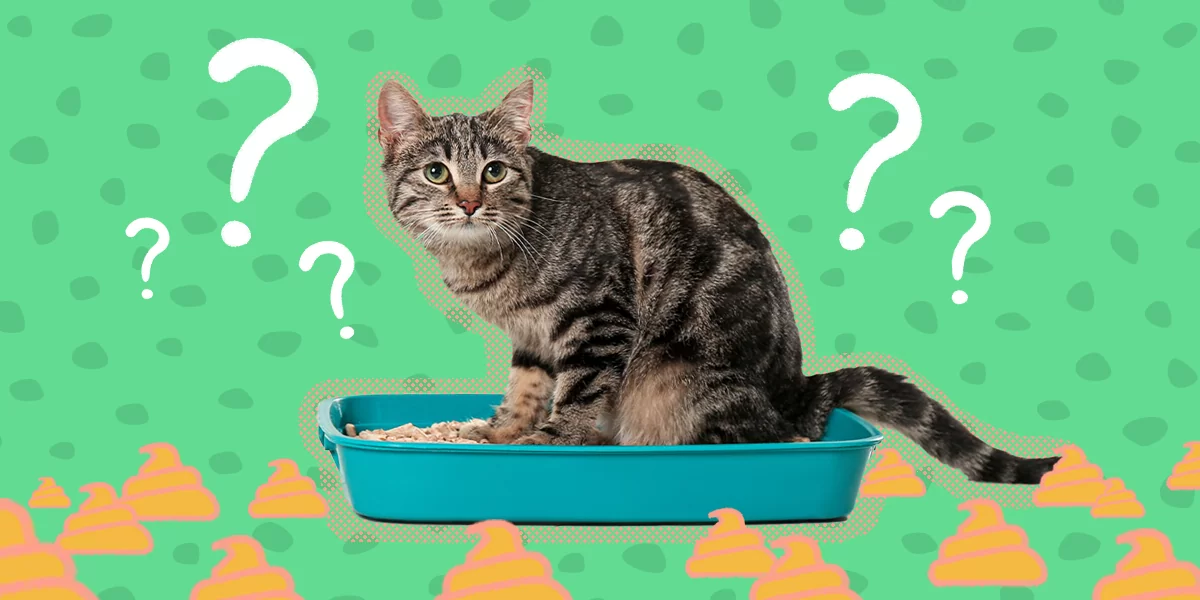
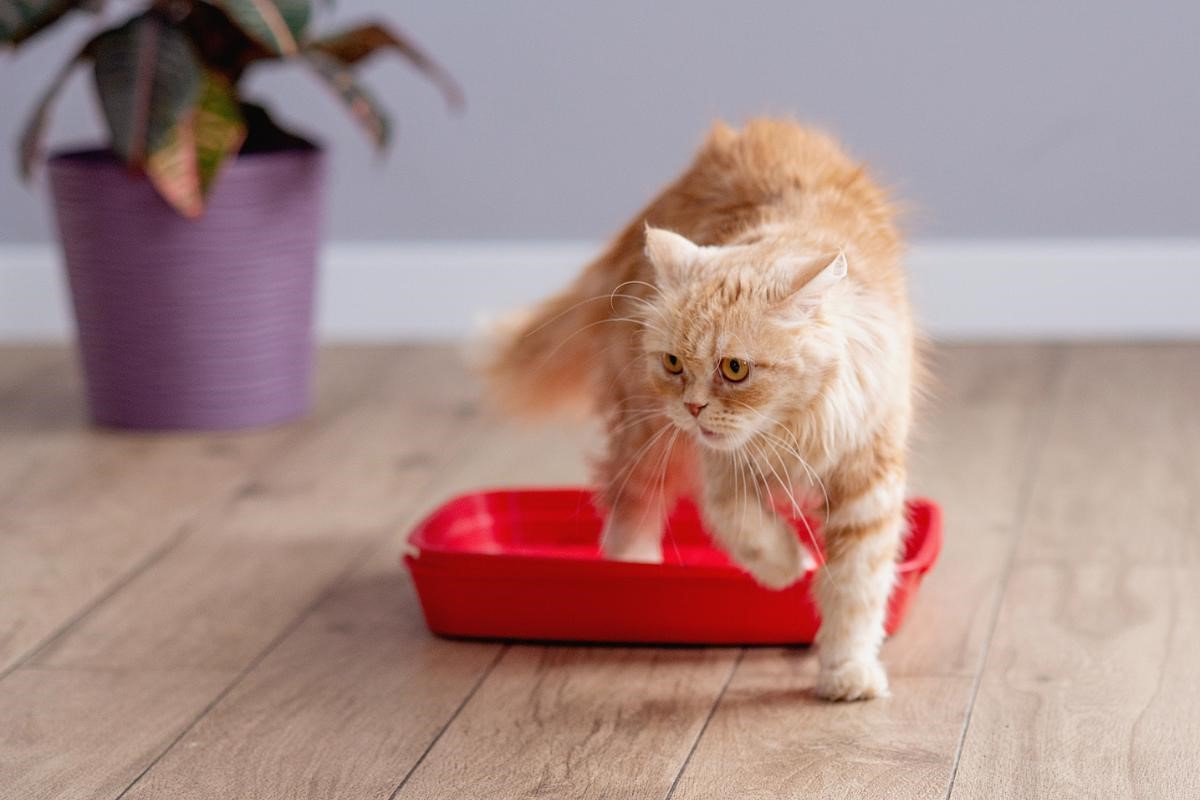
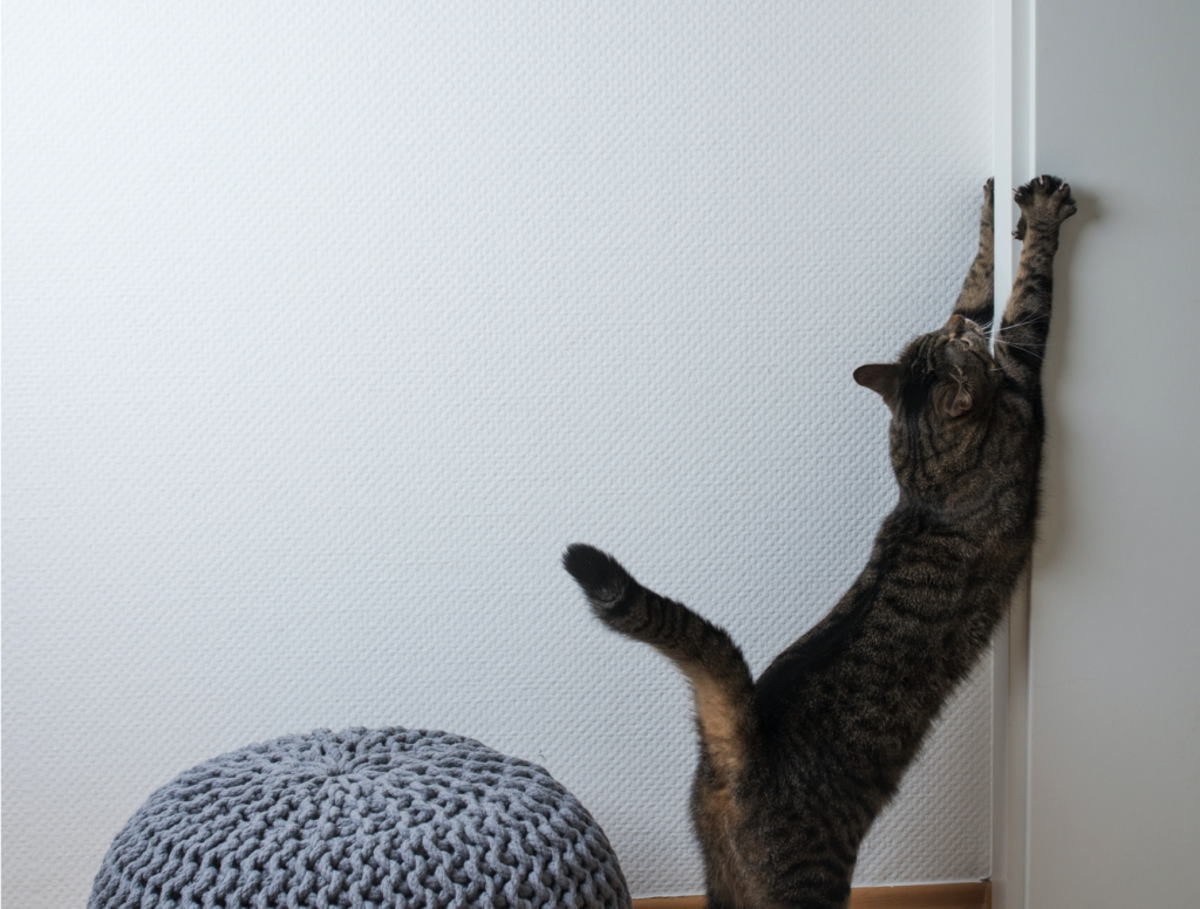
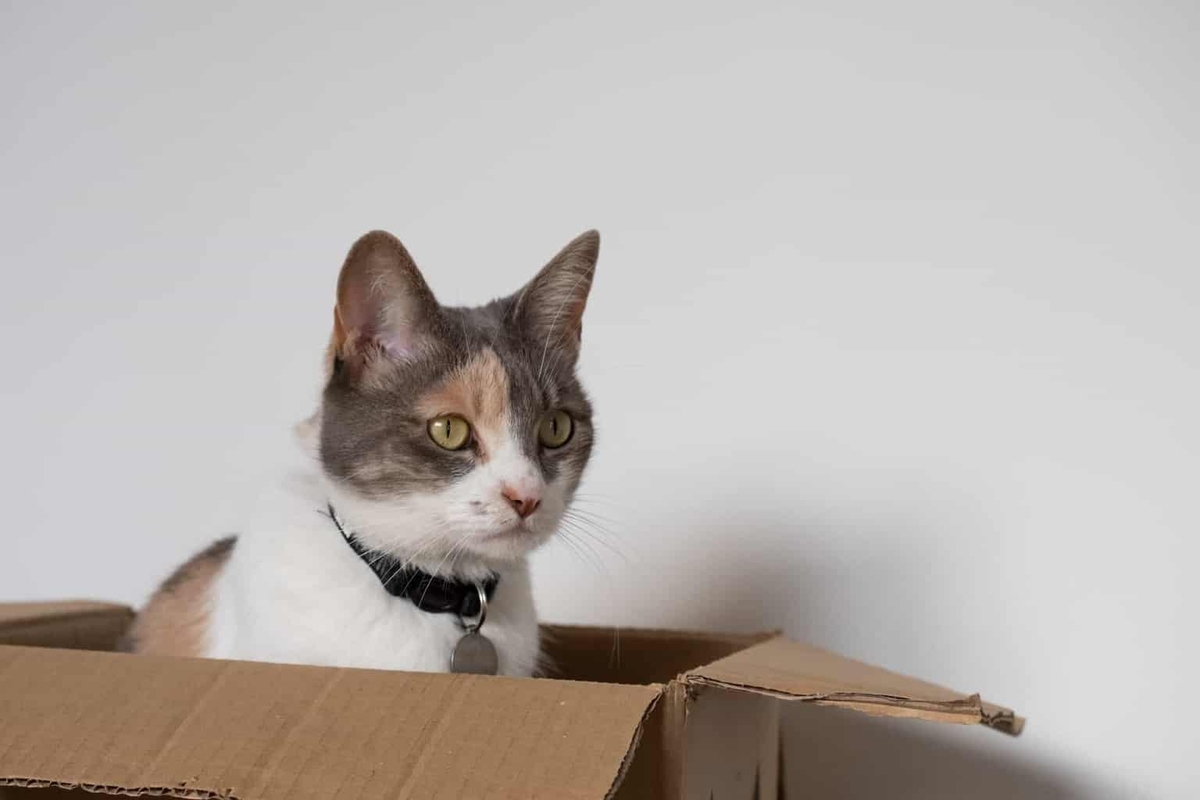
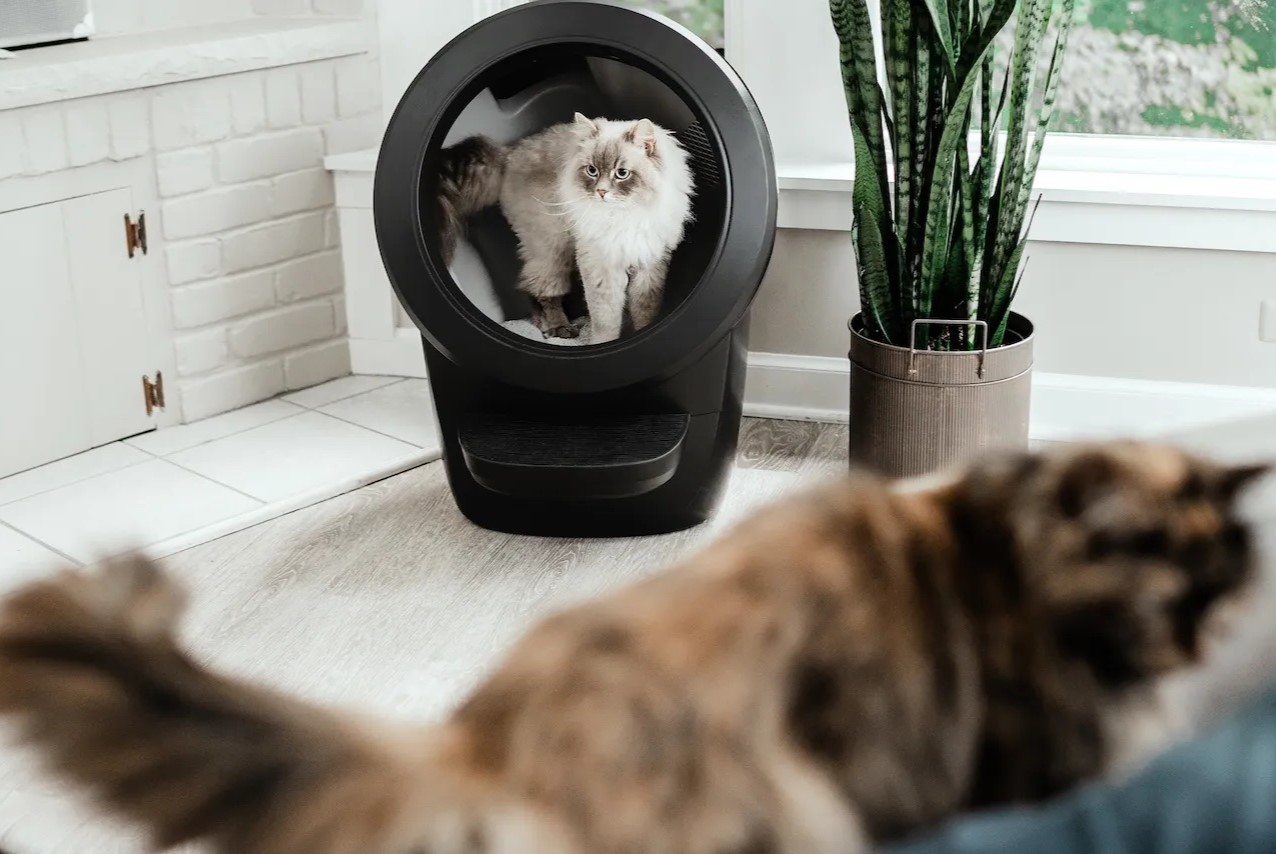

0 thoughts on “Why Do Cats Drag Things Into The Litter Box”